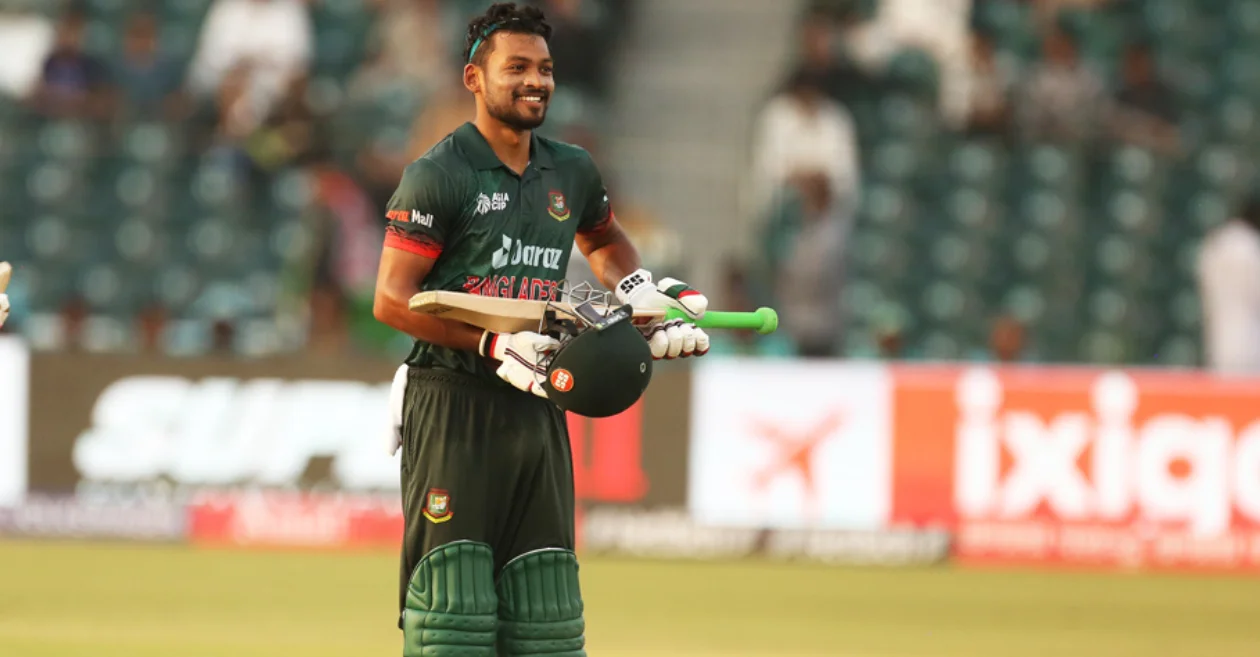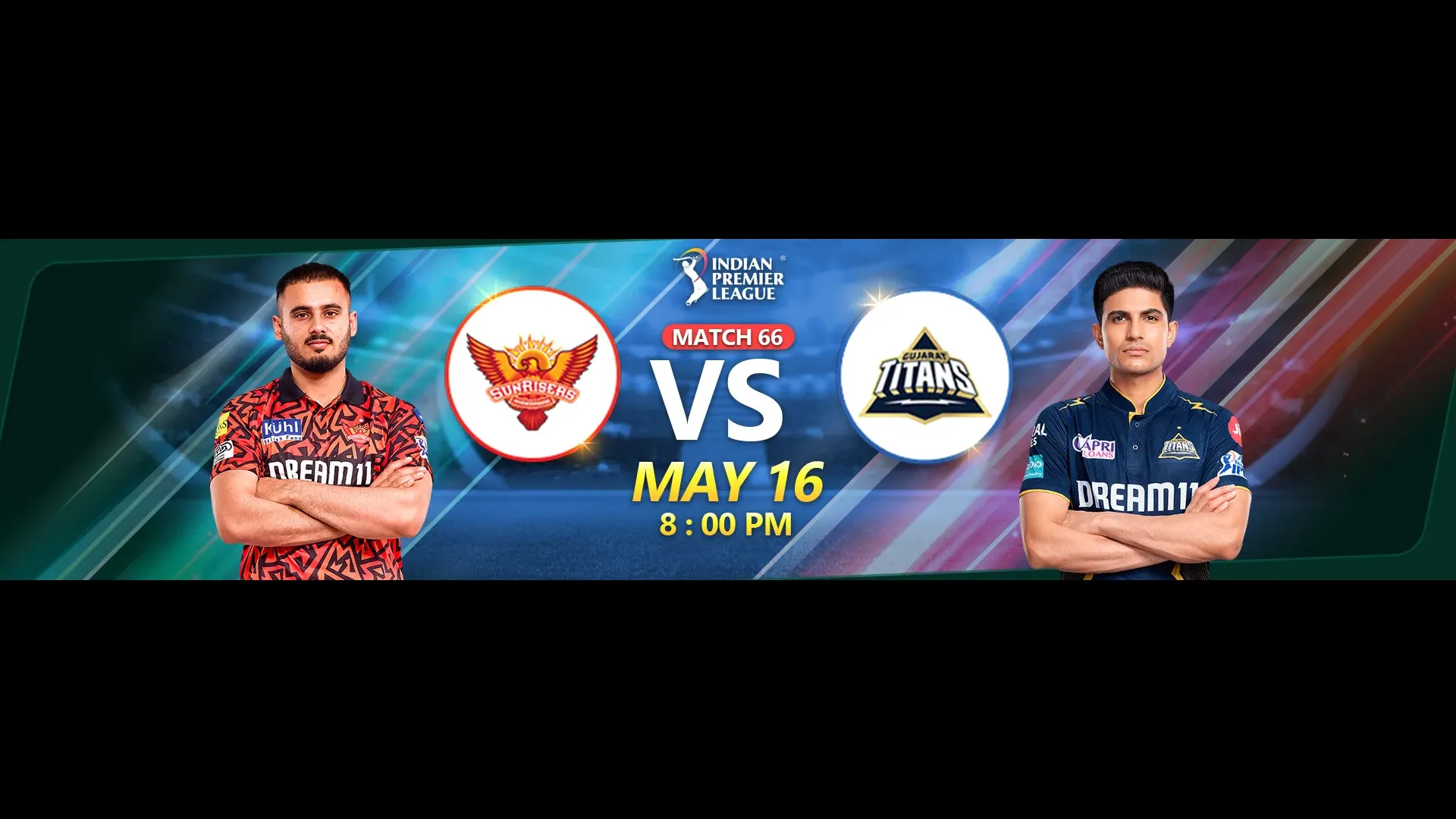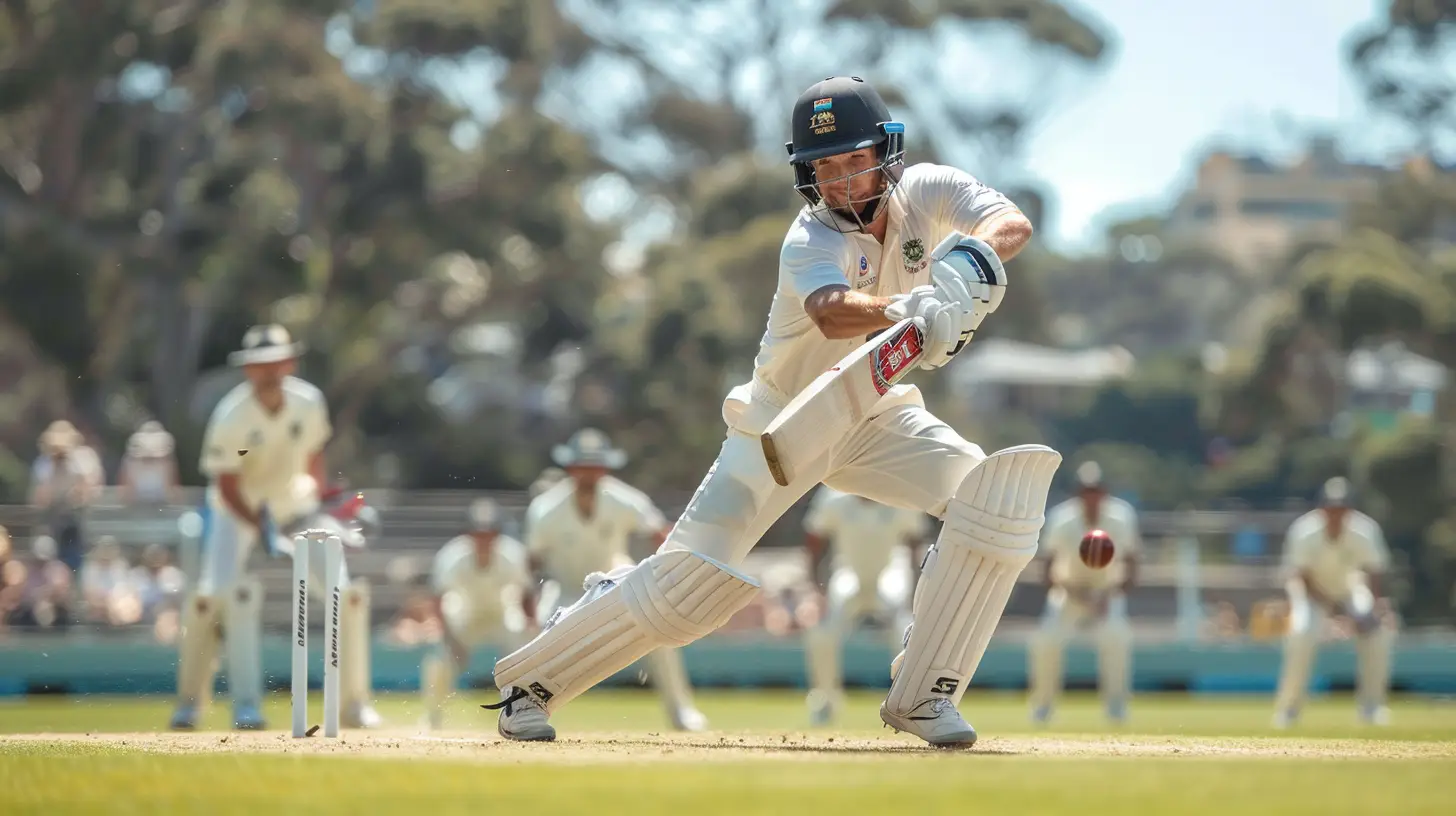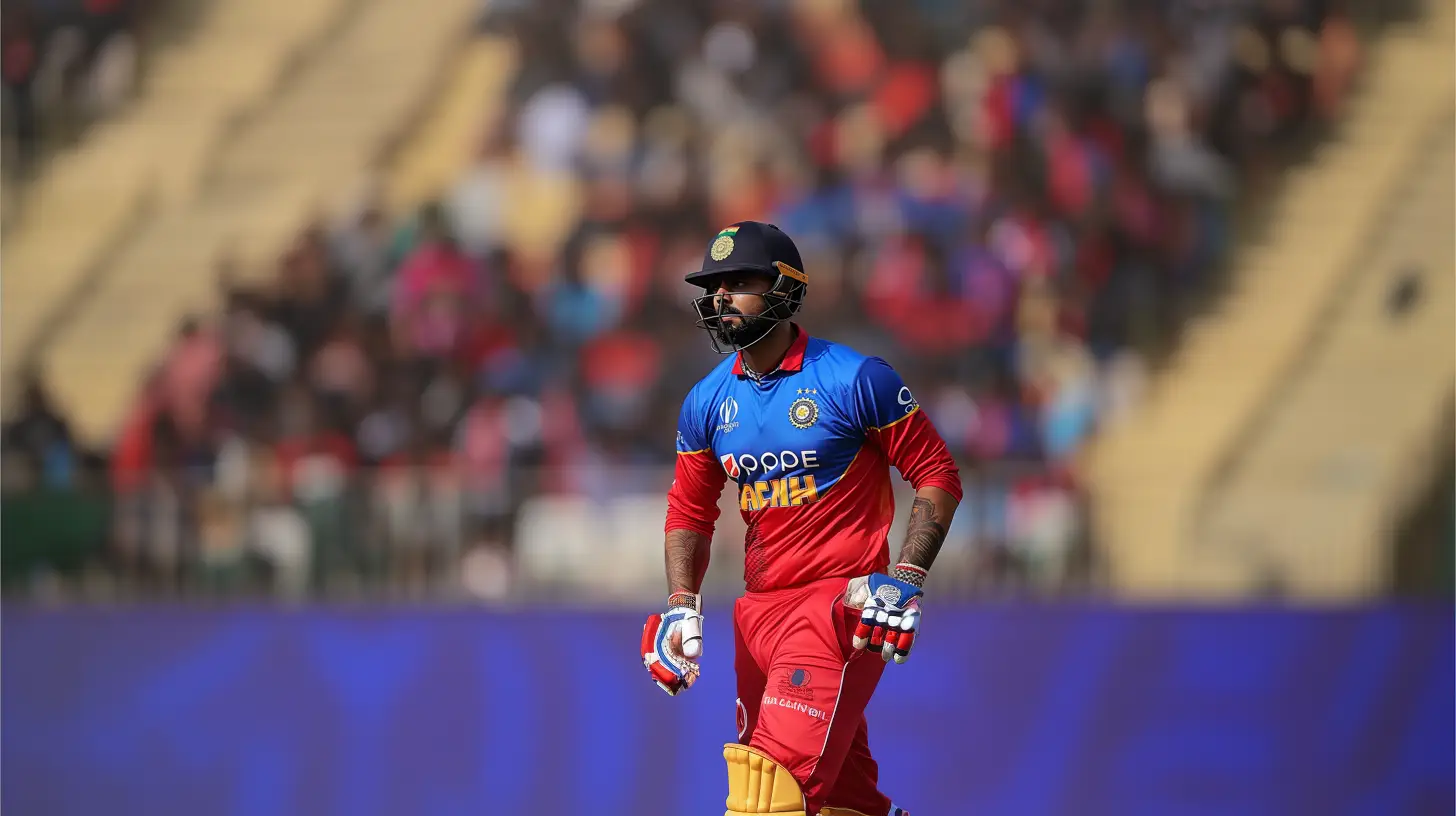In the dynamic world of cricket, where talent and performance reign supreme, the financial aspect plays a crucial role in motivating players and sustaining their dedication to the sport. Bangladesh, with its burgeoning cricket scene, has recently witnessed a significant development in player remuneration, particularly regarding the captaincy. Let’s delve into the recent changes and explore the implications for players and the cricketing landscape in Bangladesh.
Najmul Hossain Shanto: Pioneering a New Era
In a historic move, Bangladesh’s all-format captain, Najmul Hossain Shanto, has emerged as the highest-paid player in the country, eclipsing the iconic all-rounder Shakib Al Hasan. This landmark achievement comes on the heels of the Bangladesh Cricket Board (BCB) decision to elevate Shanto’s captaincy remuneration.
During the latest board meeting, Shanto’s captaincy remuneration received a substantial boost, soaring from Taka 40,000 to an impressive Taka 1 lakh. Notably, Shanto, who currently represents Bangladesh across all formats, holds the prestigious Category A+ designation, commanding a monthly salary of Taka 7.90 lakh.
With the additional Taka 1 lakh as captain’s remuneration, Shanto’s overall salary now stands at an enviable Taka 8.90 lakh. This commendable feat underscores Shanto’s pivotal role in leading Bangladesh’s cricketing endeavors across the globe. Despite captaining all three formats, Shanto’s remuneration will be attributed to just one format, a testament to the nuanced structure of player compensation in cricketing contracts.
Revisiting Player Compensation: An Insightful Analysis
The recent adjustment in player remuneration extends beyond the captaincy realm, signaling a broader revision in the financial framework for cricketers in Bangladesh. While Shanto’s elevation to the pinnacle of player earnings marks a watershed moment, it’s imperative to examine the holistic landscape of player compensation.
Although the overall cricketers’ salary remained unchanged this year, apart from the captain’s remuneration, noteworthy enhancements were made to match fees across formats. The Test match fee received a notable boost, escalating from Taka 6 lakh to a commendable Taka 8 lakh, reflecting the premium placed on the pinnacle of cricketing competition.
Similarly, the per-match fee for One Day Internationals (ODIs) experienced a significant uptick, rising from Taka 3 lakh to Taka 4 lakh. This revision acknowledges the enduring popularity and significance of ODI cricket in Bangladesh’s sporting ethos. Furthermore, the T20 match fee witnessed a substantial increase, climbing from Taka 2 lakh to Taka 2.50 lakh, aligning with the global trend towards the burgeoning T20 format.
Implications for Bangladesh Cricket: Charting a Path Forward
The recalibration of player remuneration in Bangladesh reverberates beyond mere financial figures, encapsulating the evolving narrative of cricket in the nation. As Shanto assumes the mantle of the highest-paid player, it heralds a new era of recognition and reward for excellence in cricketing endeavors.
Moreover, the strategic augmentation of match fees underscores the BCB’s commitment to fostering a conducive environment for professional cricketers, incentivizing performance across all formats. This concerted effort not only elevates the stature of cricket in Bangladesh but also cultivates a culture of excellence and aspiration among budding cricketers.
In conclusion, the elevation of Najmul Hossain Shanto as Bangladesh’s highest-paid player symbolizes a triumph of talent, dedication, and strategic foresight. As the cricketing landscape continues to evolve, fueled by the passion and commitment of players, Bangladesh stands poised to carve its niche on the global stage, propelled by a resolute commitment to excellence and innovation.




















